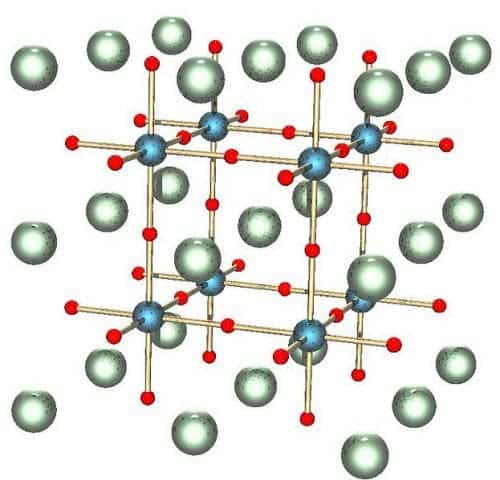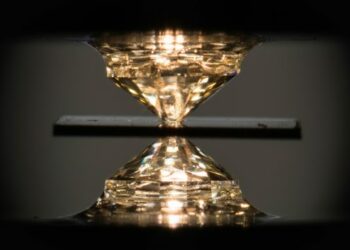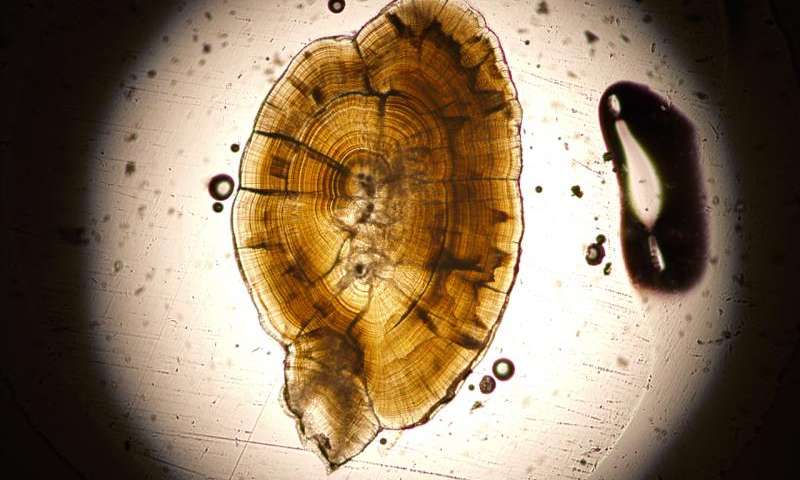
A team of researchers at Washington State University achieved a dramatic 400 fold increase in electrical conductivity for a crystal after it was accidentally left exposed to light one day. This readings are attributed to photoconductivity, a phenomenon which causes a material to become more electrically conductive due to the absorption of electromagnetic radiation such as visible light, ultraviolet light, infrared light, or gamma radiation.
WSU doctoral student Marianne Tarun at first thought that the strontium titanate crystal (SrTiO3) they were studying had become contaminated, but it soon became clear that its conductivity skyrocket because of exposure to light.
“It came by accident,” said Tarun. “It’s not something we expected. That makes it very exciting to share.”
The two orders of magnitude achieved simply through exposure to light is impressive and not without practical applications. Superconductivity represents the complete lack of electrical resistance of a material. Therefore, no heat is generated when the current moves through the conductor and in consequence no energy is lost. Typically that’s not that much of a problem, but what if you have a gigawatt solar thermal facility in California and you want to move that energy to Texas or Seattle or New York? The losses are tremendous. Superconductivity would be a solution, however most superconductive materials exhibit this characteristic close to absolute zero temperature (0 Kelvin), which requires poring energy to cool the material. Here’s a demo of what superconductivity means.
Achieving superconductivity at room temperature would be a dream come true for most scientists, and would mark a turning point in the industry. While not superconductive, the Washington State strontium titanate crystal isn’t that far off. After a sample of strontium titanate was exposed to light for 10 minutes, its improved conductivity lasted for days. They theorize that the light frees electrons in the material, letting it carry more current.
“The discovery of this effect at room temperature opens up new possibilities for practical devices,” said Matthew McCluskey, co-author of the paper and chair of WSU’s physics department. “In standard computer memory, information is stored on the surface of a computer chip or hard drive. A device using persistent photoconductivity, however, could store information throughout the entire volume of a crystal.”
What McCluskey is referring to is often called “holographic memory” – storing information throughout the volume of the medium while at the same time being capable of recording multiple images in the same area utilizing light at different angles. Whereas magnetic and optical data storage records information a bit at a time in a linear fashion, holographic storage is capable of recording and reading millions of bits in parallel, enabling data transfer rates greater than those attained by traditional optical storage.
Findings appeared in the journal Physical Review Letters.






